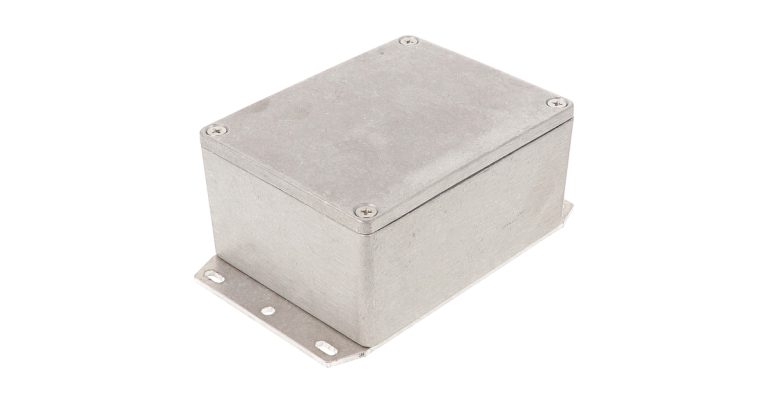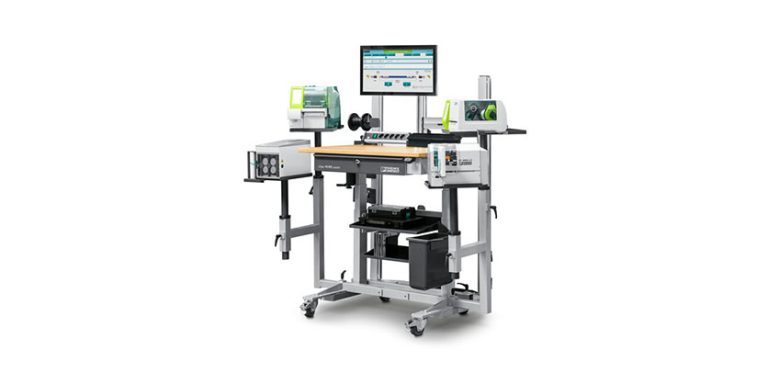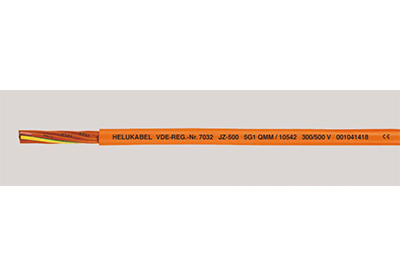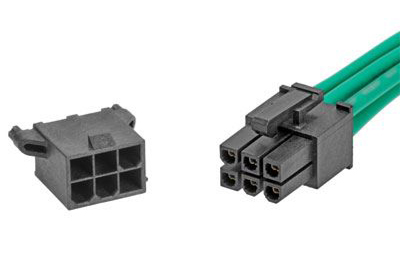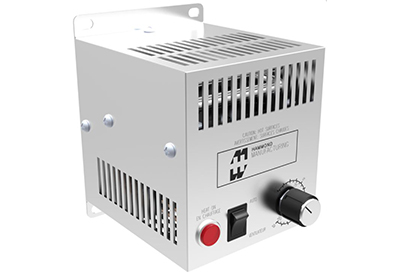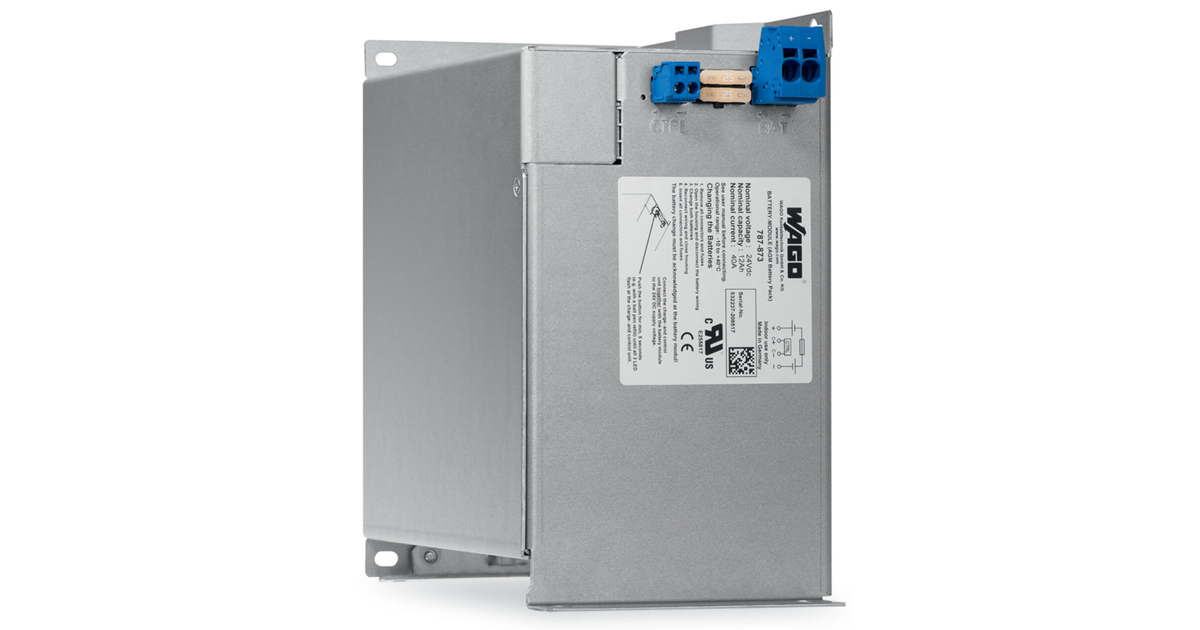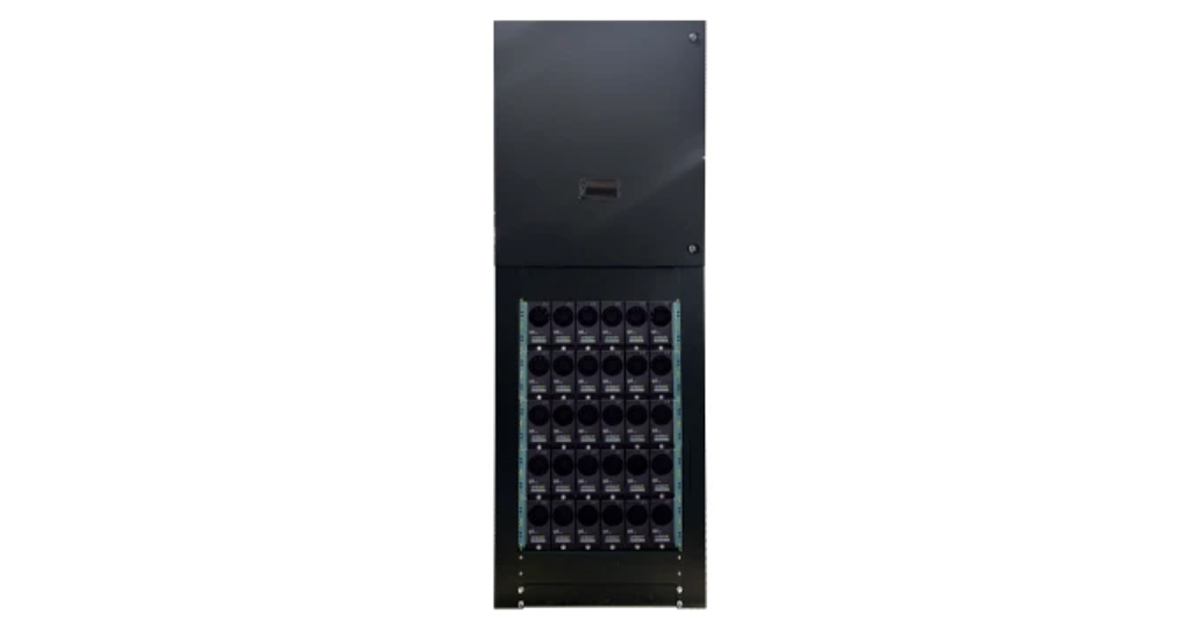AutomationDirect: ProductivityOpen – Open-Source Agility Meets Industrial-Grade Toughness
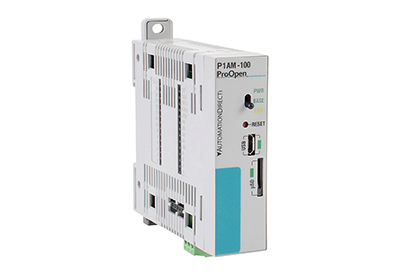
July 27, 2021
Introducing the P1AM-100 CPU. a rugged open-source CPU that mimics the MKRZero Arduino and seamlessly bridges standard 3rd-party shields and AutomationDirect industrial PLC I/O.
Open source the Productivity way
What is “open-source”?
The term “open source” is used to describe a program or software created by one developer that is available to be used and/or modified in any way by other developers and users without licensing fees, royalties due, or restrictions on the use of the source code. This is sometimes referred to as “copyleft” as opposed to “copyright”. Open source has evolved to also include hardware, shared schematics and PCB production files that are often readily available to anyone. This type of shared development has spawned an enormous “Maker” community. Numerous Maker sites can be found online with a vast collection of simple, helpful and most of all reusable, DIY projects.
The microcontrollers used to run these DIY programs are inexpensive, small and typically consist of a single integrated circuit containing a processor, memory and I/O. A brand of single-board microcontrollers that has become one of the most well-known is the Arduino.
What is Arduino?
Arduino products were originally created for students without backgrounds in electronics or computer programming. Arduino consists of a family of single programmable circuit boards and the IDE (Integrated Development Environment) that uses a streamlined version of C++ to write and upload code to the boards. Many pre-configured circuit boards, called “shields”, are available to expand the functionality of the Arduino controller. These shields can provide Ethernet, WiFi, GPS, LCD displays, and motor controls, among others, by simply “stacking” or connecting the shields to the Arduino controller board.
Open-source communities
Sharing of ideas and finding innovative ways to solve complex problems is facilitated by open-source communities and the websites dedicated to them. Sites like MakerPro and GitHub allow hobbyists and professionals to work together to create interesting solutions for difficult or everyday problems.
Avoid the ticking time bomb
The open-source concept is favored heavily by hobbyists and students, but recently the industrial controls industry has also taken notice, partly due to the extremely attractive price tag. Industrial applications using “off-the-shelf” Arduinos have begun to show up but there is a risk with installing these single-board controllers in industrial environments. Many of these controllers are not field tested and in most instances are just downtime waiting to happen.
Vibration, noise, and temperature fluctuations can have a negative effect on consumer-grade microcontrollers, causing unexpected equipment failures and costly production shutdowns. In these types of harsh applications, you need a controller designed to survive.
![]()


